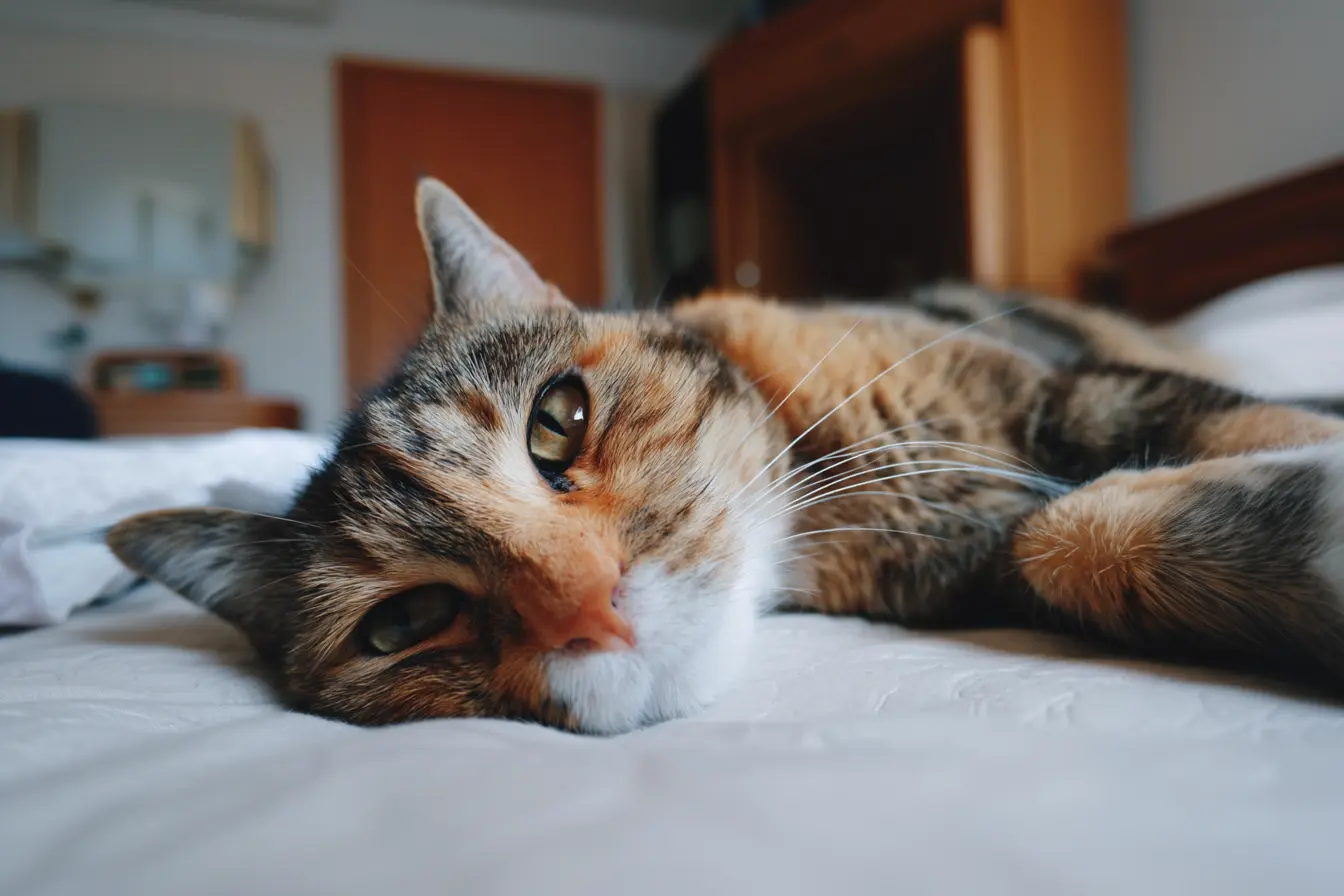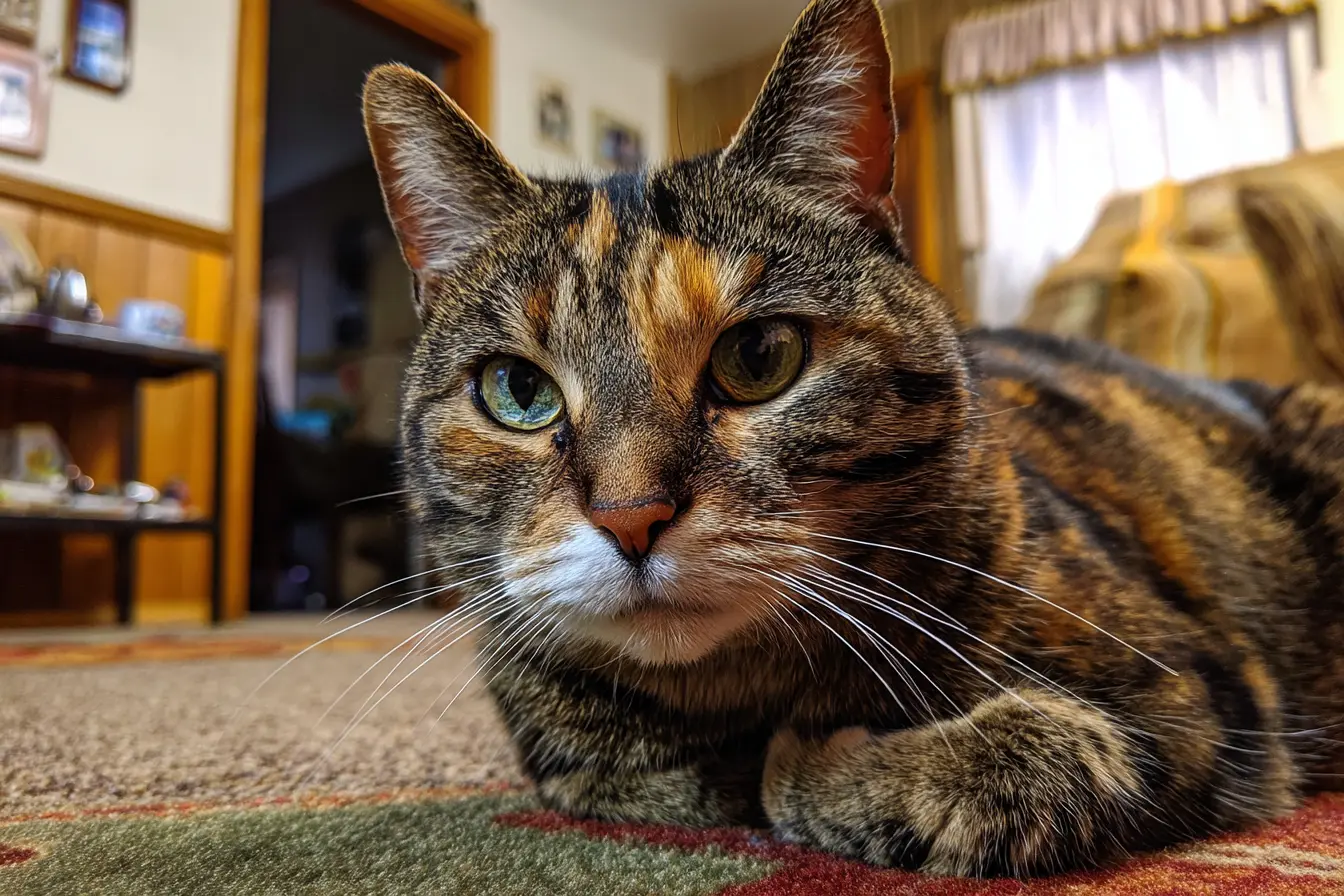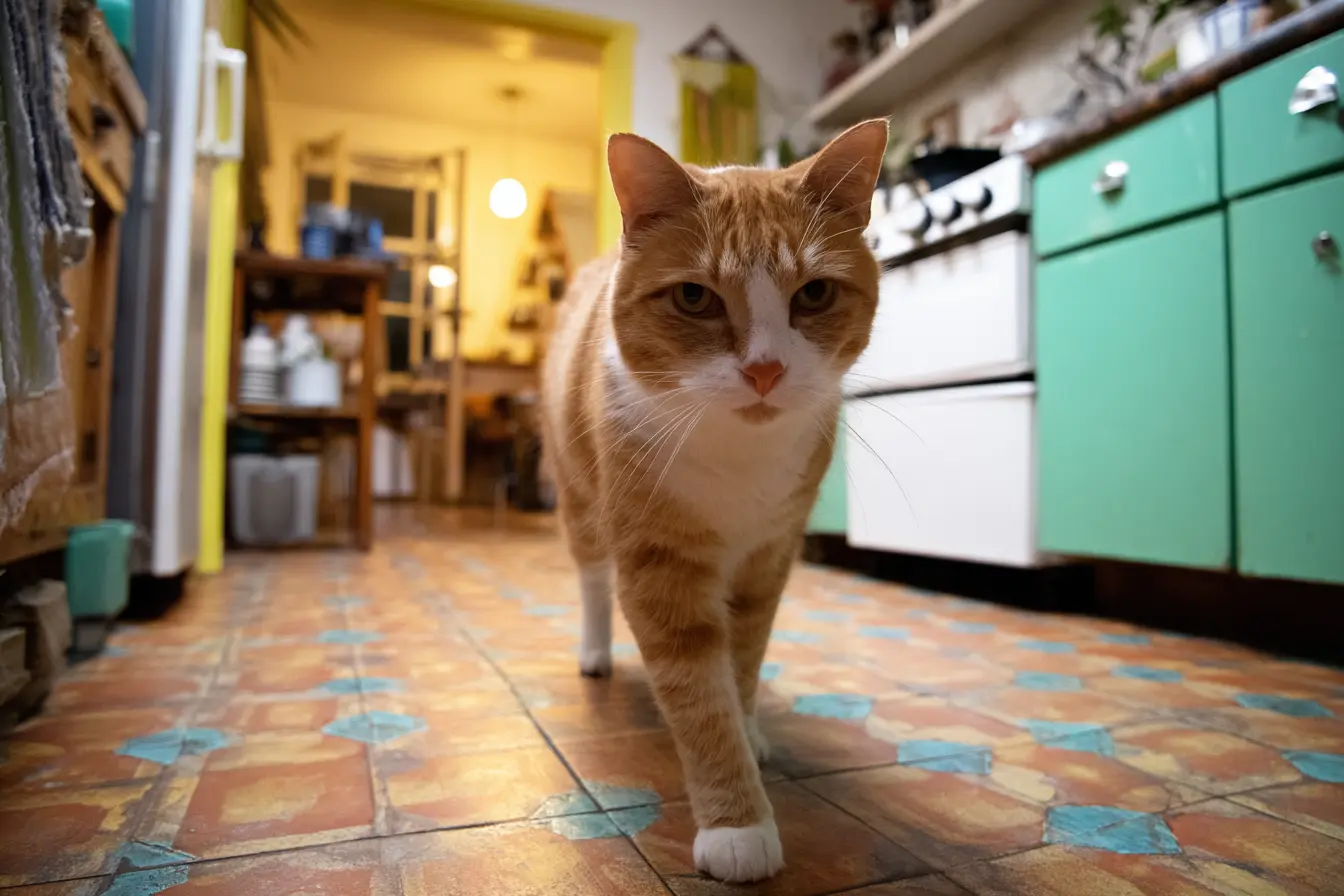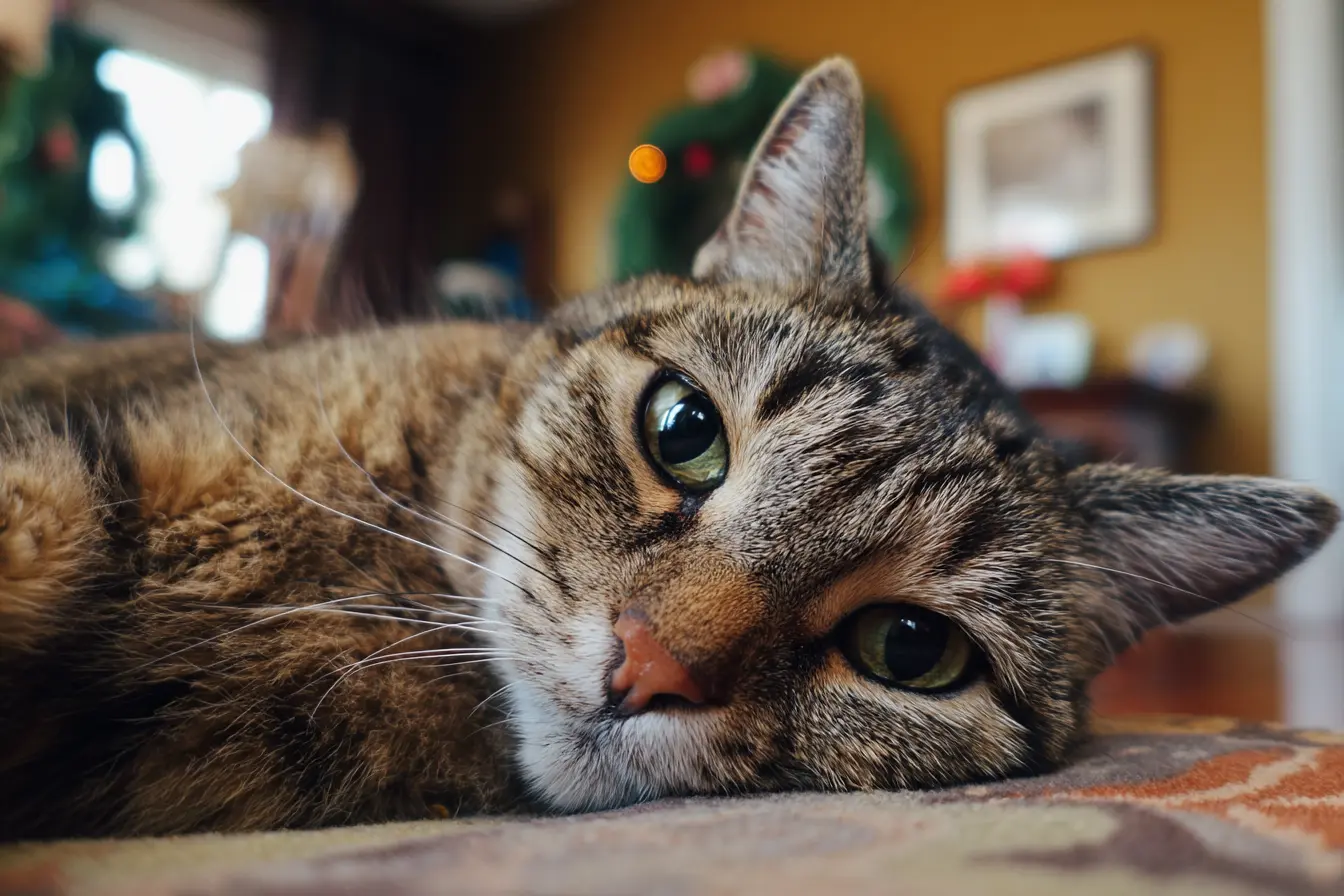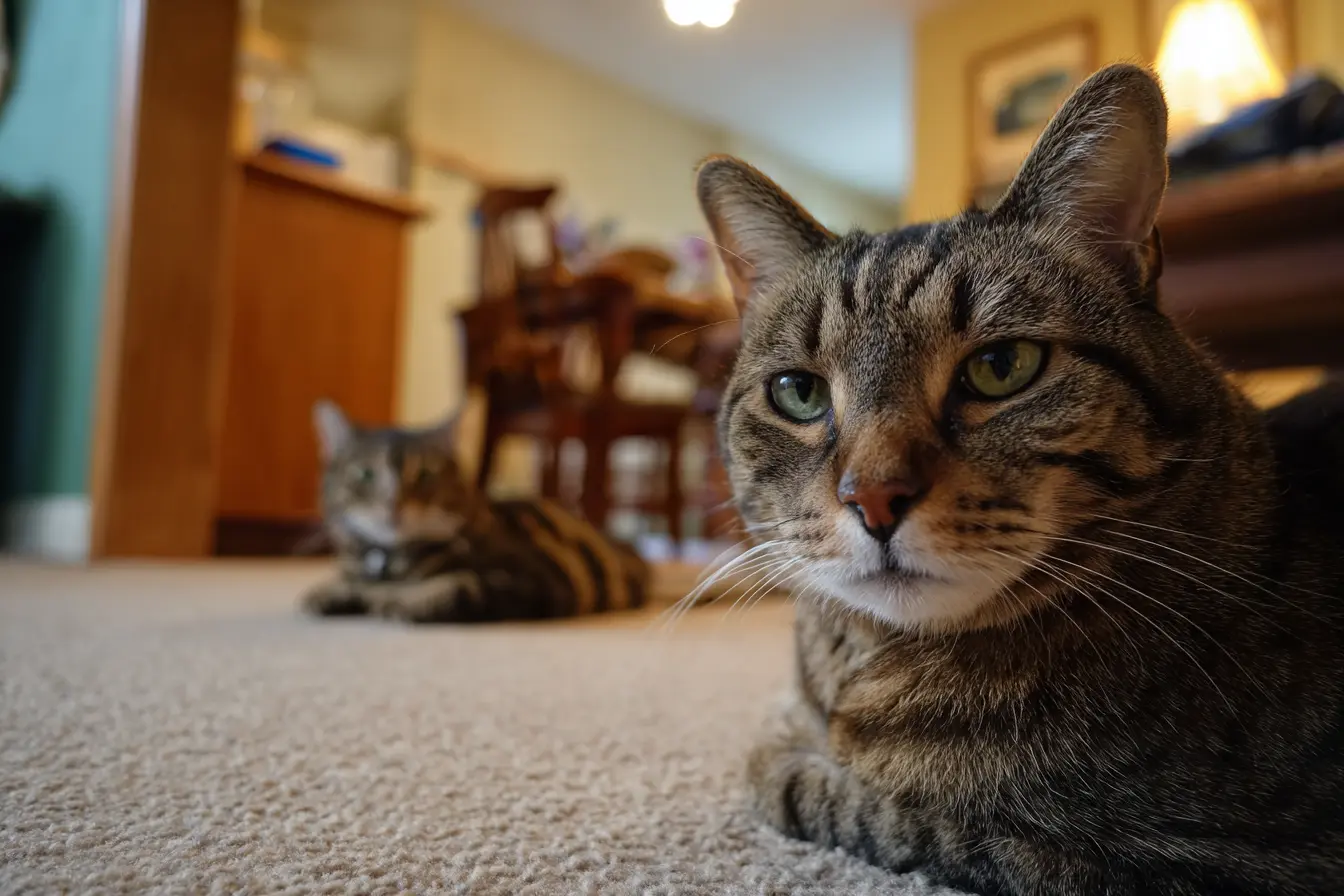
How to introduce a new cat to an existing cat
Introducing a new cat to a home where another cat already lives can be a delicate process. Cats are territorial creatures and often need time and space to adjust to changes in their environment. A thoughtful and gradual introduction can help both cats feel safe and reduce the risk of conflict or stress.
This guide outlines a step-by-step approach to introducing a new cat to an existing feline companion in a calm and positive way.
Create a safe, separate space
When you first bring your new cat home, set up a dedicated room just for them. This will serve as a safe base while they get used to their new surroundings. The room should include:
- A litter tray
- Food and water bowls
- A cosy bed or hiding spot
- Toys and scratching posts
This initial separation prevents direct conflict and allows each cat to adjust to the presence of the other gradually, through scent and sound alone.
Allow time to settle
Let your new cat settle in their space for a few days to a week. Visit them regularly to build trust and ensure they feel secure. During this time, your resident cat should remain in the rest of the home, with no face-to-face contact.
It's perfectly normal for both cats to be curious or wary when they sense each other's presence. Hissing or growling through the door may occur, but this should subside with time.
Exchange scents
Scent is an important form of communication for cats. Once your new cat feels more confident, begin to swap bedding or soft toys between the two cats so they can become accustomed to each other’s scent in a non-threatening way.
You can also gently stroke one cat with a soft cloth and then let the other cat sniff it. Do this in both directions to encourage mutual familiarity.
Allow visual contact
Once both cats seem calm and curious, you can introduce visual contact without direct access. Use a baby gate, a crack in the door, or a mesh barrier to let them see each other safely.
Keep these sessions short and positive. Offer treats or toys on both sides of the barrier to create positive associations with each other’s presence. If either cat shows signs of distress or aggression, end the session and try again later.
Supervised face-to-face meetings
When both cats appear calm during visual introductions, you can begin supervised meetings in a shared space. Keep the sessions short and stay relaxed. Use toys or treats to distract and reward good behaviour.
If tension arises, separate them gently and try again later. Gradually increase the length and frequency of the meetings as they grow more comfortable.
Watch for signs of progress
Signs that your cats are adjusting well include:
- Calm or neutral body language
- Curiosity without aggression
- Eating or playing in the same room
- Grooming in each other’s presence
- Brief interactions without conflict
It’s natural for cats to take time to establish their relationship. Some may become close companions, while others will simply tolerate each other peacefully.
Be patient and consistent
Every cat is different. While some introductions go smoothly within a few days, others may take weeks or even months. The key is to move at a pace that suits both cats and to avoid rushing the process.
Avoid forcing contact or punishing aggressive behaviour, as this can increase fear or tension. Instead, focus on rewarding calm behaviour and providing safe spaces for both cats.
Conclusion
Introducing a new cat to an existing cat requires time, patience and care. By creating a calm and controlled environment, using gradual steps, and respecting each cat’s boundaries, you can lay the groundwork for a peaceful multi-cat household.
With the right approach, your cats have a good chance of becoming comfortable companions, or at the very least, content to share their home without stress.
Related Vets
Vets near you
Speciality vets
- Aquatics vet specialists
- Birds vet specialists
- Camelids vet specialists
- Cats vet specialists
- Cattle vet specialists
- Deer vet specialists
- Dogs vet specialists
- Equines vet specialists
- Exotic vet specialists
- Goats vet specialists
- Pigs vet specialists
- Poultry vet specialists
- Sheep vet specialists
- Small Mammals vet specialists
- Wild vet specialists
